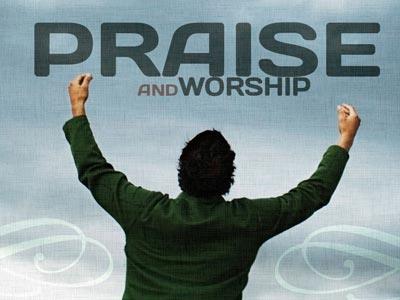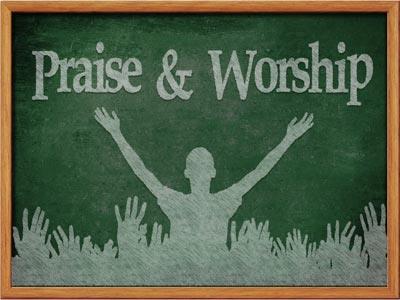-
Stony The Road We Trod:
Contributed by Amiri Hooker on Apr 12, 2022 (message contributor)
Summary: Jesus’ “going up” to Jerusalem is a public event, interpreted by Luke as a royal entry.
It is that “slash” day again—as in Palm/Passion Sunday—as in trying to capture two seemingly distinct moods and experiences in one act of worship. It is almost impossible to do, it seems. If we lean toward the Palm Sunday experience and emphasize the exuberance of the triumphal entry into Jerusalem, then we run the risk of missing the weight of the Passion of Christ that prepares us for fully encountering Easter and the Risen Lord. On the other hand, if we put all the weight on the Passion of Christ, re-creating a Good Friday experience, we miss out on the surprising opportunity to claim a savior with shouts of “hosanna” and the waving of branches.
19:39 Some of the Pharisees in the crowd said to him, "Teacher, order your disciples to stop."
19:40 He answered, "I tell you, if these were silent, the stones would shout out."
Jerusalem is the geographical and hermeneutical center of Luke’s Gospel.
The drama of the narrative begins and ends in the Jerusalem temple (1:5-8; 24:52-53). Jesus’ final journey to Jerusalem unfolds over many chapters in Luke, from 9:51 when Jesus “sets his face” to go to Jerusalem, until 9:28 when Jesus finally “goes up” to Jerusalem. This is where our text, and the final week of Jesus’ earthly ministry, begins.
Jesus’ “going up” to Jerusalem is a public event interpreted by Luke as a royal entry.
The royal implications of this entry on a colt are clear in the words of “the whole multitude (pathos) of disciples” who praise God for the deeds of power they have seen.
The multitude of disciples seems to recognize Jesus as the Messiah, the Christ, the King who is to come.
This acclamation makes the Pharisees very nervous. Some Pharisees had warned Jesus in Luke 13:31 that Herod wanted to kill him and had advised Jesus to lay low.
Now again some Pharisees implore Jesus to order his disciples to stop their subversive chant. The Pharisees understand that such a display of royal pretensions may very well bring down the wrath of those in power in Jerusalem, whether it be the Sanhedrin, Herod, or Pilate. As it turns out, Jesus will pass in judgment before all three (Luke 22:66-23:25).
Yet just as Jesus had brushed aside the warnings of the Pharisees before (Luke 13:32-33), he does so once again, saying, “I tell you, if these were silent, the stones would shout out” (19:40). Jesus knows full well the opposition he faces, but he will not be deterred from his mission.
This morning I would like to spend some time talking about shouting stones.
Palm/Passion Sunday places preachers in a bit of a dilemma in terms of how to focus our preaching. Jesus’ entry into Jerusalem is royal and triumphant, but we know how the people will turn against Jesus, even if the whole passion story is not read this Sunday.
We know that many in the crowds who hail Jesus as king on this Sunday will be crying out for his crucifixion by Friday.
Perhaps they expected a mighty warrior-king who would drive out the Romans. Seeing Jesus held by Roman soldiers, weak and vulnerable, they will decide that he is not the king they want after all. In fact, supporting him could be downright dangerous.
One question the preacher might ask is, “Where do we see ourselves in this story?” We have the advantage of 2000 years of hindsight, and it is easy to judge the characters in the story from a distance.
But are we really so very different from them?
How quickly does our faith falter when God does not deliver what we are expecting?
How quickly does our discipleship falter when we realize the great cost and risks of following Jesus?
How often do our self-serving instincts lead us to deny Jesus and his claim on our lives?
Where ever you are in the story one must also ask the question would I rather tHe rocks cry out for me? The rock does have a story.
For more than a century, “Lift Every Voice and Sing” has held a powerful place in American history. The hymn is known as the Black National Anthem, but it’s more than that. It’s a history lesson, a rallying cry, a pledge of unity, and as people gather to fight for equality and justice, it is an ever-present refrain.
Keisha N. Blain
Associate professor of history at the University of Pittsburgh, a 2020-21 fellow at the Carr Center for Human Rights Policy at Harvard University, and author of "Set the World on Fire: Black Nationalist Women and the Global Struggle for Freedom."
Stony the road we trod,
This line alludes to history and the many obstacles Black Americans endured since the Transatlantic Slave Trade. It underscores how the political gains of the era of Reconstruction were completely erased and replaced with an oppressive system of Jim Crow.

 Sermon Central
Sermon Central



